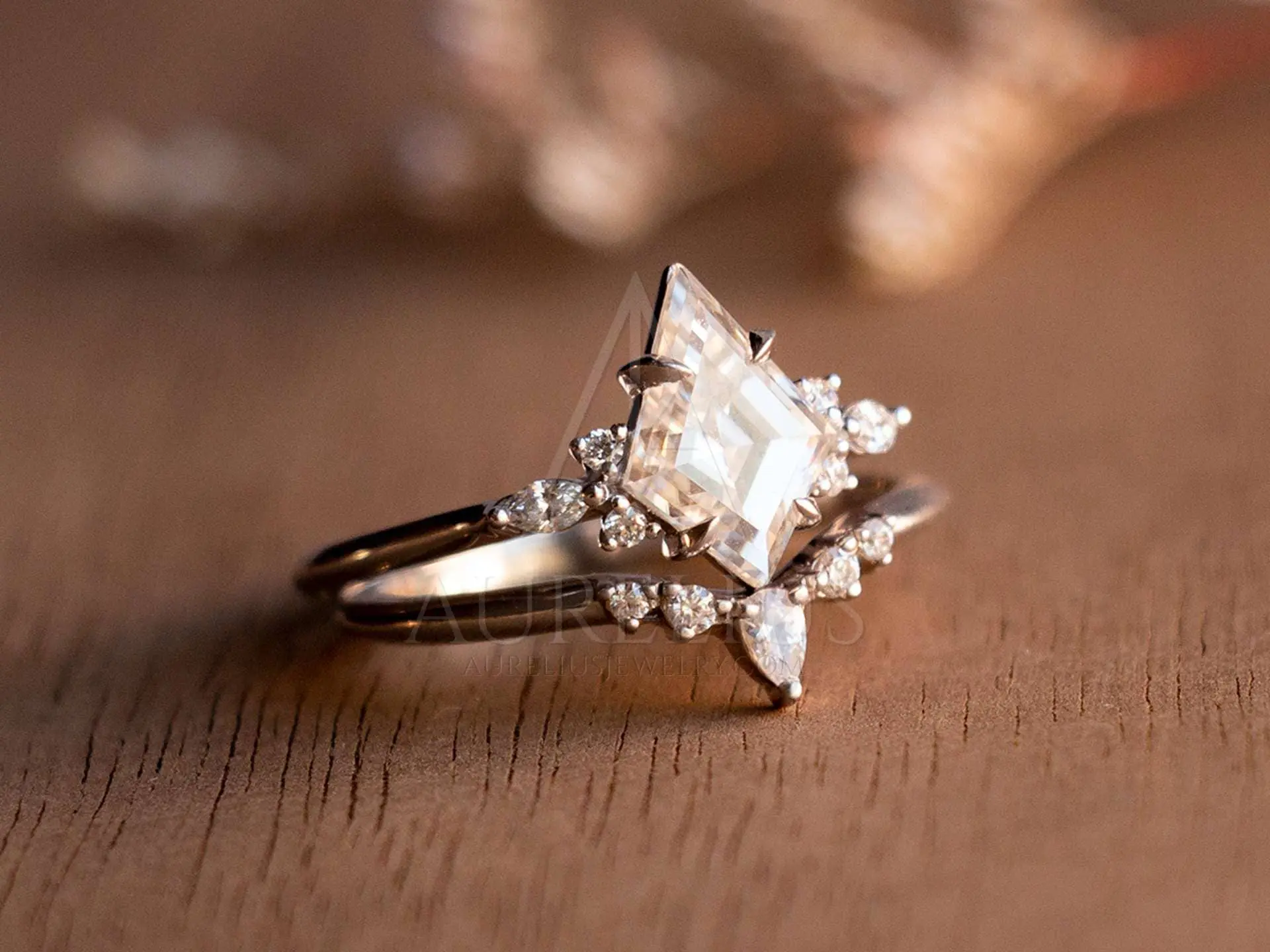In high design photography, the point is straightforward – to make want. This is reachable in light of the fact that the picture taker has unlimited authority over the climate and is allowed to pick what to incorporate or reject.
Style photography started in 1913 with Adolphe de Meyer who made trial photos utilizing a delicate center focal point and backdrop illumination.
Next came Edward Steichen who began capturing n-jinny.com models in 1911. He utilized straightforward props joined with traditional postures. Steichen’s photographs supplanted the outlines utilized by style magazines beginning around 1892.
George Hoyningen-Huene was one more renowned picture taker from this time. He worked with Coco Chanel, Greta Garbo, Salvador Dali, Jean Cocteau, Marlene Dietrich and Kurt Weill.
Cecil Beaton and Horst Paul Horst were next on the scene. Beaton’s pictures were affected by his performance center plans while Horst’s inclined towards the strange.
During The Second Great War, the style photography industry in Europe experienced because of absence of materials and design photography was thought of as paltry. At the point when Hitler attacked Paris, picture takers, for example, Horst escaped to America where the business was unaffected.
After the Conflict, the American photographic artist Lillian Bassman (conceived 1917) made another stylish in highly contrasting design photography with pictures that were air and grumpy, generally clearly.
She was rediscovered during the 1990s when a sack containing many her photos was found, photos which she had tossed out 20 years earlier. Today she has been rediscovered and given the acknowledgment she properly merits as a top design picture taker.
During the 1940s and 1950s Alex Liberman impacted an entire age of photographic artists, including Diane Arbus, Bruce Davidson, Robert Honest, Robert Klein and Lisette Model. Irving Penn is one more style photographic artist from this period, whose sytheses were boldly basic, frequently disconnecting his subjects from all props or foundations to make a sensation of close to home separation.
1960s design photography was profoundly exploratory and picture takers, for example, Sway Richardson took their motivation from movie chiefs especially as for camera point and lighting. Richard Avedon is notable especially for his work with Twiggy, the incredible symbol of style of the 1960s. In the mean time, Diane Arbus worked for Harper’s Marketplace in 1962 on a progression of photos of youngsters styles and furthermore for the New York Times in 1967, 1968 and 1970. David Bailey is another notable 60s design picture taker who shot entertainers, artists and eminence as well as style models. He caught, and assisted with making, the Swinging London of the 1960s




